It doesn’t take long to learn there’s no such thing as a one-size-fits-all canoe design. It can be overwhelming to decide which one you want, but this variety serves a purpose. Design directly impacts how canoes handle on the water. A canoe built for efficiency allows you to paddle fast with less effort, whereas a canoe built for maneuverability makes turns quickly and easily. Understanding design elements will help you narrow the sometimes dizzying selection of canoes and make an informed decision.The most easily identified characteristics are length, width (or beam) and depth, but understanding the effects of things like rocker and hull shape are important, too. For a refresher on canoe structure and terminology, visit Canoe Terminology. To learn how structure and design affect your ride, we’ve put together a brief overview of canoe design:
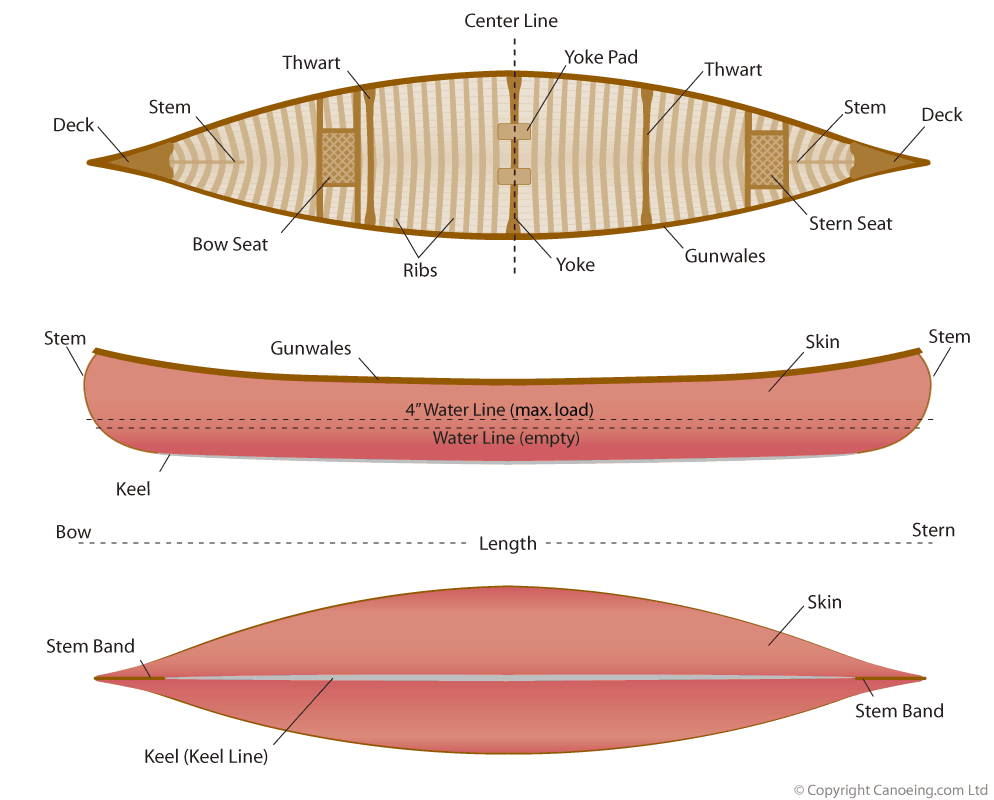
BASIC CHARACTERISTICS:
Length
The distance from the tip of the stern to the tip of the bow, this simple measurement has a big impact on performance. With all else equal, a longer canoe is faster, tracks a straighter line and provides more carrying capacity than a shorter one. The tradeoff is decreased maneuverability: a longer canoe can’t make the tight turns or respond as quickly as some paddling demands. But that doesn’t mean a long canoe will be hard to steer–it just might not be the best choice for things like whitewater. For most uses you may find that the efficiency gained in tracking will outweigh any extra effort required for turning.
Beam
Beam, or width, is measured at the widest part of the canoe. Most manufacturers provide three measurements: the gunwale, the waterline and the widest point. The 4” waterline accounts for displacement when fully loaded and tells you the most about performance. A narrow canoe tends to be faster but less stable, whereas a wider canoe provides more stability at the expense of some efficiency.
Depth
Also measured in three places–bow, stern and center–depth affects more subtle aspects of paddling. Increasing depth provides more carrying capacity and freeboard, allowing the canoe to paddle through waves with more ease. But it can also make the canoe heavier and less responsive in wind.
HULL PROFILE:
The cross-section of a canoe’s hull hints at its true nature on the water. Most fall into one of four categories:
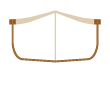 Flat Bottom
Flat Bottom
These hulls look just like they sound: the canoe’s belly has very little curve, making it highly stable on calm water. This initial stability, however, comes at the expense of secondary stability. Flat bottomed canoes are vulnerable to wind, waves and even leaning. Once initial stability is breached, it’s difficult to avoid capsizing.
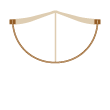 Round Bottom
Round Bottom
Exactly the opposite of the flat bottom, the belly of a round bottom canoe is extremely curved. Built for speed and efficiency, they can be difficult to balance in an upright position–particularly for inexperienced paddlers. In other words, initial stability is poor. In contrast, when leaned on an edge these canoes are hard to tip over. They feel tippy, but they’re hard to tip!
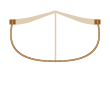 Shallow Arch
Shallow Arch
Designed to give paddlers the stability of a flat hull and the flexibility of a round hull, shallow arches are increasingly popular. Design varies widely with manufacturer. Some err toward initial stability with less arch, and others strive to provide more maneuverability. The result is an impressive selection that promises something for everyone, but it does require research, talking to experts, and even trying canoes out before purchasing.
 Shallow Vee
Shallow Vee
Another blend of the flat and round hull, the shallow vee incorporates a v-shape at the bottom of the arch. This creates decent initial and secondary stability, and improved tracking. It does, however, result in a higher surface area in the water, which can make the canoe less efficient.
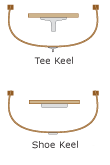 Keels
Keels
Not a hull category per se, but important to understand. Keels were originally integrated into canoe designs for structural purposes–to literally help hold the canoe together. Experts disagree on whether keels, in general, have a significant impact on performance but most agree that keels make canoes track better but limit paddling efficiency. There are two types of keels–tee and shoe. Tee keels are best suited for deeper water and lake paddling. Shoe keels were designed with a low profile to slide over rocks found in both shallow and white water and are more commonly used on river tripping canoes.
CANOE PROFILE:
For more subtle indications of a canoe’s personality, look to the shape of its sides.
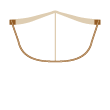 Flare
Flare
If they flare out above the waterline, they will resist tipping and deflect water for a drier ride. Some paddlers find flared canoes uncomfortable to paddle because it requires reaching out over the side of the canoe.
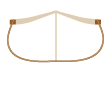 Tumblehome
Tumblehome
If ease and stroke perfection are required, such as in racing, a canoe may have tumblehome, with the gunwale width smaller than the waterline width. These canoes don’t deflect water but are easier to paddle.
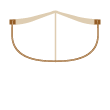 Straight Side
Straight Side
Design is not limited to flare or tumblehome. Some have straight sides, which provide no particular benefit or limitation, and others combine both in the same watercraft.
ADDITIONAL ELEMENTS:
Once you have the basics, pay attention to a few additional characteristics that bend the rules: rocker, entry line, and fullness.
Rocker
Heavy, moderate or straight line–a canoe with a lot of rocker will act shorter because less of its belly actually sits in the water. This means it will have increased maneuverability but will not track well. Canoes designed with moderate rocker will turn easily and track well. And, straight line canoes haves no rocker, track extremely well but lack maneuverability.
Entry Line
Canoes designed with a sharp entry lines will move with efficiency and speed, whereas canoes designed with blunt entry lines are less efficient but will provide more buoyancy in heavy waves.
Stems
Stems create the shape of the bow and stern ends of a canoe and their profiles can be squared or rounded. A squared stem is more forward and almost parallel to the deck where as a rounded stem will come up in a curve to the bow. A square stem improves a canoe’s tracking performance and a rounded stem improves a canoe’s steering and maneuverability.
Fullness
A canoe shape or design, as measured from the bow, that reaches fullness quickly will provide more carrying capacity and stability. However, if the fullness is reached slowly, the canoe has been designed for speed; giving way capacity and stability.
Symmetry
Canoes are design to be either symmetrical–having identical halves with the widest point being at the center, or asymmetrical–with a longer narrower bow and a shorter, more blunt stern. The widest point on a asymmetrical canoe is aft of center.








